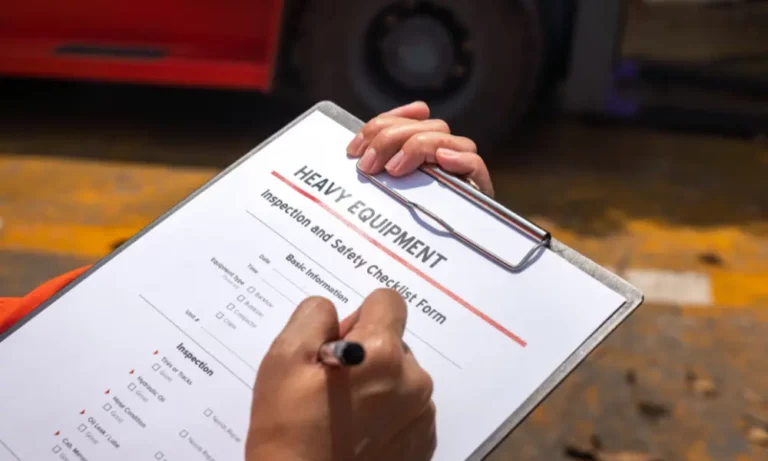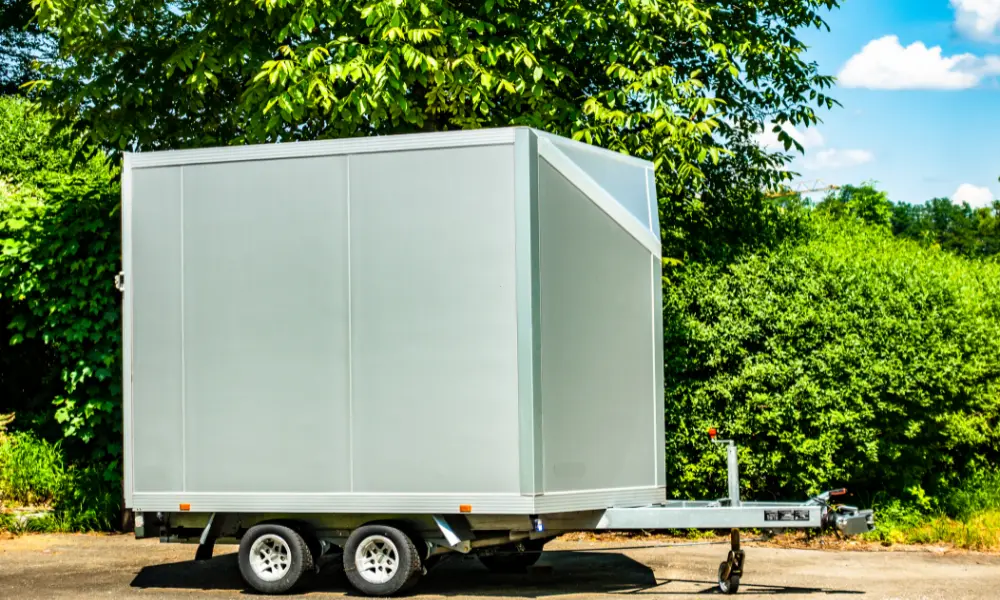Does keeping your car legally on the road sound like a hassle? Good news! Several states in the U.S. do not require regular vehicle inspections. Avoiding these checks can save you time and money. You might be curious which states make it easier for their residents. Stick around to find out if your state is on the list and learn more about how this can benefit you.
Understanding Vehicle Inspections
Vehicle inspections are designed to ensure that your car is safe to drive and meets environmental standards. The key aspects to focus on include what these inspections are, why they are important for safety, and how emissions tests work.
What Are Vehicle Inspections?
Vehicle inspections are checks performed on your car to make sure it is roadworthy. These inspections look at various parts of your vehicle, such as the brakes, lights, and tires. The goal is to catch any potential issues that could make driving dangerous. Some states require a smog check to ensure that your car is not emitting excessive pollutants.
Different states have various regulations for vehicle inspections. In some places, you’ll need to go through an inspection every year, while others might require it every two years or only when you register an out-of-state vehicle. For instance, Alaska and Wyoming have specific rules for out-of-state vehicles but do not generally require regular inspections for local ones. Make sure to check the specific requirements for your state.
The Importance of Safety Inspections
Safety inspections are crucial for making sure your vehicle is safe to drive. They help you identify problems like faulty brakes or worn-out tires that could cause accidents. By catching these issues early, you can fix them before they pose a danger to you and others on the road.
Regular safety inspections can also save you money in the long run. Small issues, if left unchecked, can grow into bigger problems that are more expensive to repair. For instance, ignoring a minor brake issue could lead to complete brake failure, which is not only dangerous but costly to fix. Additionally, a properly inspected vehicle can lead to lower insurance premiums, as insurers often consider a well-maintained car less risky.
Emissions Inspections Explained
Emissions inspections or smog checks are designed to reduce the amount of pollution your car emits. These tests check for harmful gases like carbon monoxide and nitrogen oxides. The goal is to make sure your vehicle meets the environmental standards set by your state or local government.
In some states, you only need an emissions test if your vehicle is over a certain age. For example, in Connecticut, most vehicles need an emissions test every two years, but hybrid vehicles only need it every eight years. Other states have even more relaxed rules. Emissions tests can prevent your vehicle from contributing to air pollution, which is good for both your health and the environment.
States Without Vehicle Inspection Requirements
If you’re curious about which states don’t require vehicle inspections, you’ve come to the right place. We’ll break down safety inspection exempt states, emissions inspection exempt states, and states with mixed inspection requirements.
States Exempt From Safety Inspections
Many states in the U.S. do not require regular safety inspections for vehicles owned by residents. These include Alaska, Arkansas, Iowa, Michigan, Minnesota, Mississippi, Montana, North Dakota, South Carolina, and South Dakota.
In these states, you don’t have to worry about annual or biennial safety checks, which makes it easier for car owners. Just keep in mind that the lack of regular safety inspections means extra caution on your part to ensure your vehicle remains in good working condition.
States Exempt From Emissions Inspections
Emissions testing is another area where several states are lenient. Alaska, Iowa, Michigan, Minnesota, Mississippi, Montana, North Dakota, South Carolina, and South Dakota also skip regular emissions inspections for residents.
This can save you both time and money. While emissions inspections aim to reduce environmental pollution, living in one of these states means your vehicle doesn’t have to pass a specific emissions test regularly.
Mixed Inspection Requirements by State
Some states have mixed or unique inspection requirements. For example, Delaware requires an emissions test and VIN inspection tied to your vehicle registration process.
Maryland requires a safety inspection on the sale or transfer of vehicles, rather than ongoing checks.
Florida takes this further, generally requiring inspections only for out-of-state vehicles being registered for the first time, as noted here.
These varied requirements highlight the importance of checking local guidelines based on your specific situation, especially when moving or buying a car from another state.
Variation in State Inspection Programs
Vehicle inspection programs vary widely across the United States. Differences in inspection frequency, types of emissions tests, and enforcement policies all play a role in how vehicle inspections are handled.
Inspection Frequency and Procedures
Inspection requirements can differ greatly between states. Some states, like Alaska and Arkansas, don’t require regular vehicle inspections for all residents. On the other hand, states like Maryland and Alabama have specific rules for inspections during vehicle registration or transfer.
Biennial Inspections: Some states, such as Delaware, require inspections every two years. These often include a VIN inspection along with other checks.
Annual Inspections: States like New York and Massachusetts mandate yearly inspections. These inspections focus on vehicle safety and emissions to ensure compliance with state and EPA regulations.
Emissions Test Types Across States
The type of emissions tests required varies significantly. States aim to reduce pollution and protect public health through these tests.
Tailpipe Tests: In states like California, tailpipe emissions tests are conducted to measure pollutants. This test ensures your car meets environmental standards.
On-Board Diagnostics (OBD): Some states use OBD tests for vehicles made after 1996. This test checks the car’s emission control systems for compliance with local rules.
Visual Inspections: Other states may opt for visual inspections of the exhaust system to detect any modifications or faults. These checks are less common but still important.
Interstate Differences in Enforcement
Enforcement of vehicle inspection regulations can also vary. Some states rigorously enforce these rules, while others are more lenient.
Stringent Enforcement: States like New York have strict regulations. Failure to comply can result in heavy fines or restrictions on driving the vehicle.
Lenient Policies: South Dakota and Wyoming don’t require regular inspections for in-state vehicles. Inspections are generally required only when registering an out-of-state vehicle.
Targeted Inspections: Some states, such as Florida, only require inspections of vehicles from outside their own jurisdictions. This makes enforcement less consistent but easier to manage. These states aim to balance environmental concerns with administrative efficiency.
Impact of Lack of Inspections on Safety and Environment
In states without mandatory vehicle inspections, concerns arise about the safety of the vehicles on the road and the environmental damage they may cause. Below, we’ll discuss both aspects in more detail.
Safety Concerns in Non-Inspection States
Without regular safety inspections, vehicles might have unseen hazards. Brakes, headlights, and tires can wear out without being checked, putting you and others at risk.
States like Florida do not require safety inspections. This means older or poorly maintained cars might have serious mechanical issues that go unnoticed.
Accidents can occur due to vehicles with malfunctioning parts, such as brake failures or broken lights. Regular inspections can catch these problems early, helping to prevent crashes. In states without these inspections, you might see more accidents caused by mechanical failures.
Environmental Implications
Emissions inspections help reduce air pollution by ensuring cars meet certain standards. States like Minnesota and Michigan do not require emissions inspections, which can lead to more pollution.
Vehicles that don’t meet emission standards can release harmful pollutants into the air. This includes greenhouse gases that contribute to climate change and pollutants that can harm your health.
Inspections encourage the use of emission control technologies. In states lacking these checks, older cars can emit more pollutants, worsening air quality. This impacts everyone, especially those with respiratory issues, and contributes to environmental degradation.
Conclusion
When living or traveling in the U.S., knowing which states don’t require vehicle inspections can be handy.
The states with no required vehicle inspections include:
- Alaska
- Arkansas
- Iowa
- Michigan
- Minnesota
- Mississippi
- Montana
- North Dakota
- South Carolina
- South Dakota
In these states, you’re free from the usual safety and emissions checks.
Some states may still have exceptions when registering an out-of-state vehicle. Always double-check the specific requirements for these situations.
It’s always good to stay informed about the rules in your state. While inspections can be pesky, they also ensure safety and help reduce pollution.
If you move or buy a car from out-of-state, make sure to look up any specific regulations.















